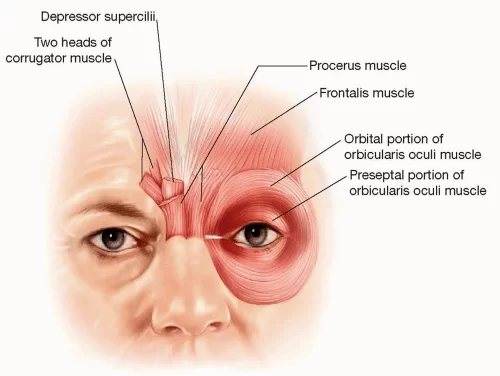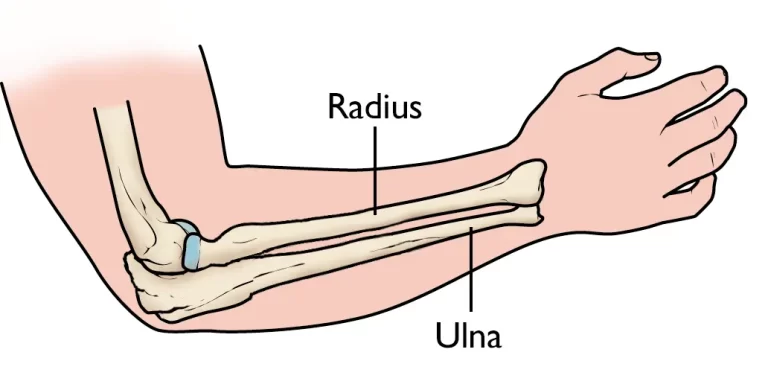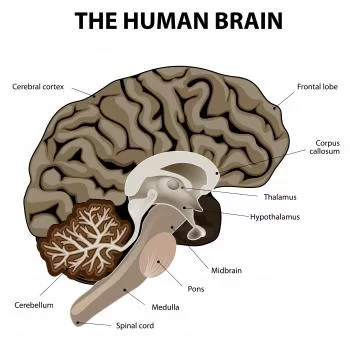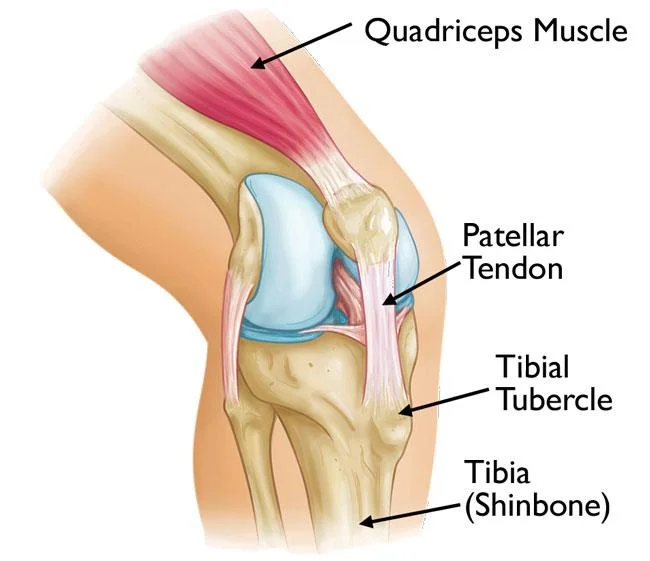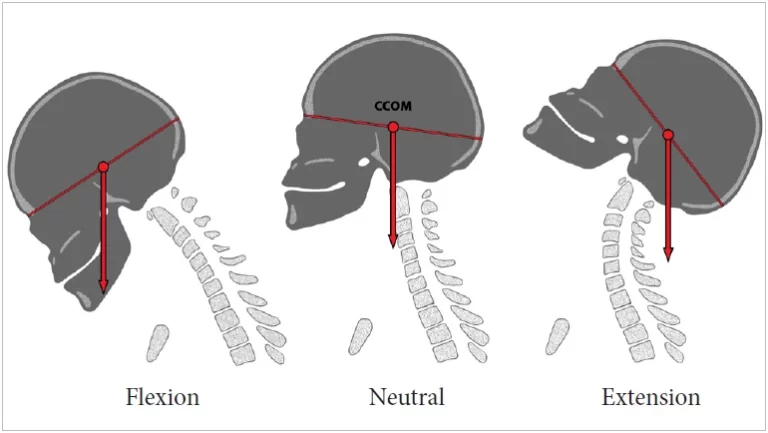Depressor supercilii muscle Origin, Insertion Function, Exercise
Table of Contents
Introduction
- The depressor supercilii muscle is located near the eye, & it’s thought to assist in moving & lowering the eyebrow. Also, it’s thought to assist in moving the glabella, which is the skin above the nose & between the eyebrows.
- The depressor supercilii is an eye-fixed muscle of the human body. The character of this muscle is in certain dispute. Few printed anatomies include it & lots of authorities consider it to be part of the orbicularis oculi muscle.
- On the opposite hand, many dermatologists, ophthalmologists, & plastic surgeons hold that the depressor supercilii may be a distinct muscle & has a definite, individual effect on the motion of the eyebrow & skin of the glabella.
Origin & Insertion :
- The depressor supercilii arises on the medial orbital rim, close to the lacrimal bone, & inserts on the medial aspect of the bony orbit, inferior to the corrugator supercilii. In a few specimens, it exhibits 2 heads & in others, only one.
Function
- The main activity done by the depressor supercilii muscle is the depression of the eyebrow.
Nerve supply :
- The facial nerve innervated the depressor supercilii muscle.
Blood supply
- Supraorbital & supratrochlear arteries from the ophthalmic artery and terminal end of the facial artery.
Depressor supercilii muscle exercises
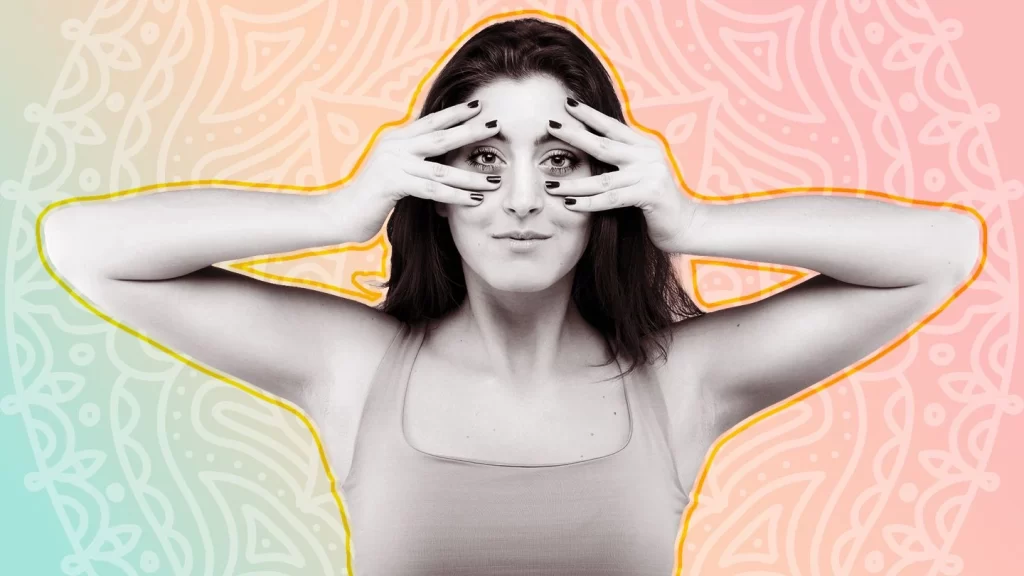
Frown (assisted):
- Using your fingers to help, pull the forehead muscles downwards & inwards, creating a frown. Hold this position, then relax.
- The depressor supercilii muscle is different from the corrugator supercilii muscle & therefore the medial head of the orbital part of the orbicularis oculi muscle. The depressor supercilii muscle was noted to be superior in orientation & dark redder in color than the orbicularis oculi muscle. The depressor supercilii muscle originates from the frontal process of the maxilla approximately 1 cm above the medial canthal tendon & seemed to originate from 2 distinct heads in most specimens, a unique finding. In specimens containing 2 heads of the depressor supercilii muscle, the angular vessels run between both muscle heads. The insertion of the depressor supercilii muscle within the dermis lay approximately 13-14 mm superior to the medial canthal tendon.
- In comparison to other muscles of the face, it’s a relatively small muscle. However, among physicians & researchers, there’s still debate over whether the depressor supercilii is a portion of the orbicularis oculi. Some plastic surgeons believe the muscle to be independent of its specific function, while other physicians argue that this muscle is a segment of the orbicularis oculi muscle.
FAQ
The frontalis muscle is responsible for elevating the eyebrows, while the corrugator supercilii, orbicularis oculi, & procerus play a role in its depression.
The dynamic balance of the eyebrows is kept by the frontal muscle which acts as a brow elevator, & the brow depressors include corrugator supercilii muscle (CSM), procerus, depressor supercilii, & orbicularis oculi muscles.
The medial brow depressors comprise the procerus muscle, corrugator supercilii, depressor supercilii muscles, & the medial portion of the orbicularis oculi muscle. These muscles are commonly targeted for brow shaping via the injection of a small dose of BoNT-A into the part of the procerus.
Conclusions: The origin, insertion, & anatomy of the depressor supercilii muscle assist it to work as a depressor of the eyebrow. Histologically, the depressor supercilii muscle arises distinctly from bone & has a unique insertion.
Depressor Supercilii
The injection point was marked just below the medial end of the eyebrow, coincident with the horizontal line crossing the medial & lateral end of the brows, at least 1 cm from the orbital rim. Nearly 30% of the 6-mm needle was introduced, directed medially & upward.
“Glabellar complex muscles are depressors of the brow. On contraction, they cause lines & furrows. The procerus muscle frequently causes horizontal lines, while the corrugator supercilii muscles produce more vertical lines.”
The procerus is a brow depressor, that establishes horizontal nasal root creases
When contracting, the procerus muscle depresses the medial portion of the eyebrows & wrinkles the skin between them. This action enables frowning, making procerus a main contributor to the expansive array of human facial expressions.

